Stop – Look and Listen
Stop – Look and Listen
Remember when you were a small child and you were learning how to cross the street? There was a phrase that they always told you. “Stop, Look, and Listen.” Stop to make sure nobody is going to block your path, look both ways, and listen for other people or cars. Well, I discovered a few years ago that this phrase works quite well when dealing with both business and life. I’ve adopted it as the name of my coaching program and I do my best to rely on it when confronted with difficult or seemingly unsolvable problems.
Here’s how it works:
- Stop: Mentally or physically stop to take notes
- Look: Mentally or physically take a look around you
- Listen: Make the subconscious into the conscious, based upon what you learned during “stop” and “look”
It’s always valuable to pause, look around, assess your choices, and decide what you want to do next. Stop Look and Listen allows you to listen to internal and external signs prior to taking action. It can guide you and tell you what road to cross – literally or figuratively.
Here is a real-life example:
I have been tasked by my coach to write at least 1200 words a day. Why? Because it is writing for the sake of writing. In a more abstract form, it is an action for the sake of action. In other words, it is a way to commit to something. It’s my own way of doing my own Stop, Look and Listen, and it comes out through my writing.
I have always liked David Allen’s quote, “your head is for having ideas, not holding them.” In other words, have a capturing tool of some kind, whether that’s a pen, voice recorder, or camera, to take down your ideas. And I will be the first to admit that I am not great at capturing all my ideas. They come at me very fast at times and then nothing happens because, well, I don’t do anything about them. So, how does this relate to Stop Look and Listen? It’s pretty simple.
Stop, look and listen.
1. Stop. Take a moment – it can literally be a second or two – and think about the ideas that are floating around in your brain. Even something as simple as, “I need to take the cat out,” or, “What movie do I want to watch tonight?” Or maybe it’s a bigger idea such as, “Where do I want my business to be in five years?”
2. Look. Look at that idea from the perspective of, “Do I need to capture it?” If you’re like me, maybe it’s a good idea to capture the trivial things you need to do on a calendar or reminders app so that you can look at them when they are necessary. This gives your head more space for, you guessed it – more ideas.
3. Listen. This is an internal listening process for most people. For me, I live alone and have been known to voice my ideas out loud. Sometimes I even answer myself! Shhhh, don’t tell the Mental Health professionals, please. Anyway, it’s an internal listening. Do I need to listen to this thought for a period of time? Or do I need to write it out right now? Maybe I need to say it into a voice memo on my phone?
Listening, for me, is either the easiest or the hardest part of the process. It can be easy when I know that to use the Getting Things Done® terminology; I would know the next action. The next visible or physical step I need to take to get whatever is accomplished.
Listening can be the hardest part though when your subconscious starts to be the voice you hear instead of your intuitive sense. That little voice that says, “Nah, you can wait to clean the garage, the stuff’s just gonna be there tomorrow, go ahead, keep watching Netflix.” Or, to use another example, “No, you don’t need to write this idea down, just let it be in your brain, you’ll do something with it eventually, oh look! A squirrel!” Come on. We’ve all done it.
So, where can you stop, look and listen to help you take action for the sake of action? It’s such a simple process that can really motivate you. These three steps can be done really quickly once you train your brain to do them in that order.
Let us work on it, shall we?

